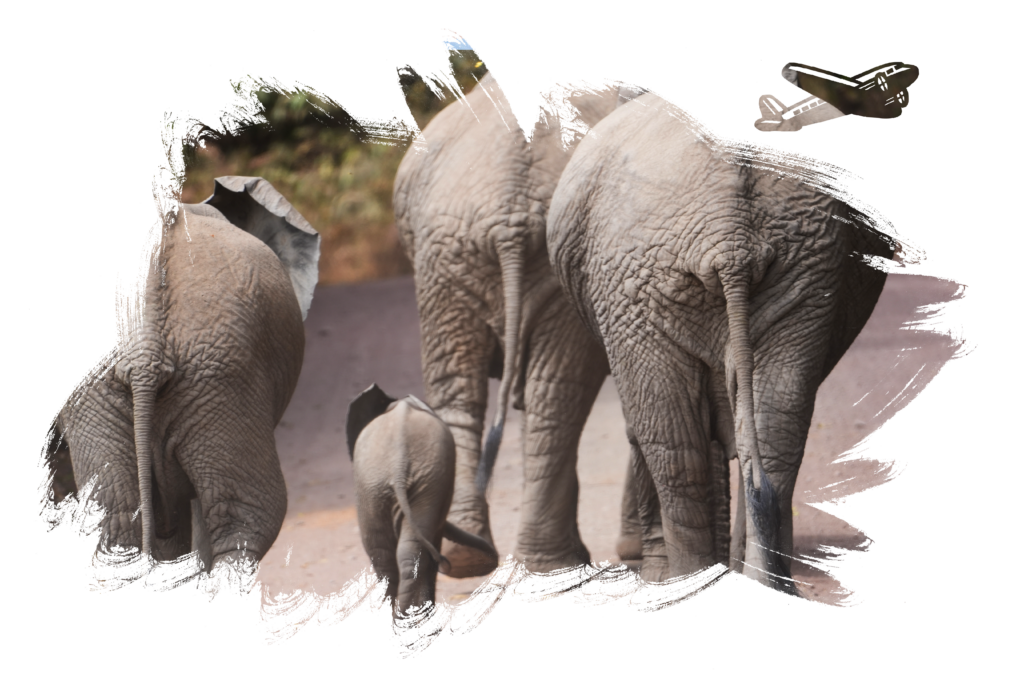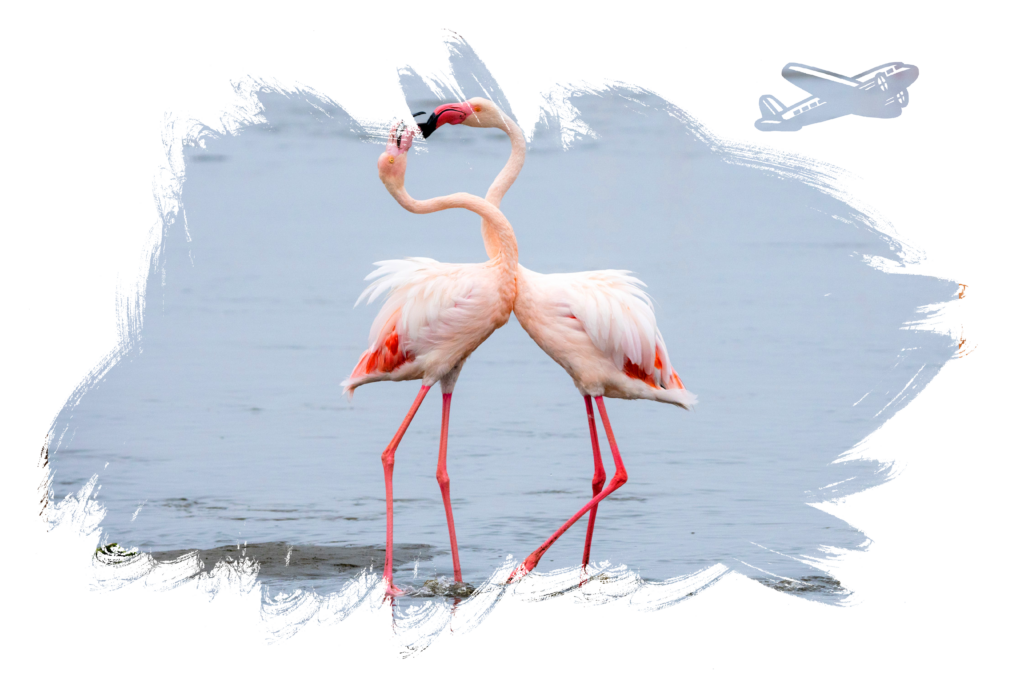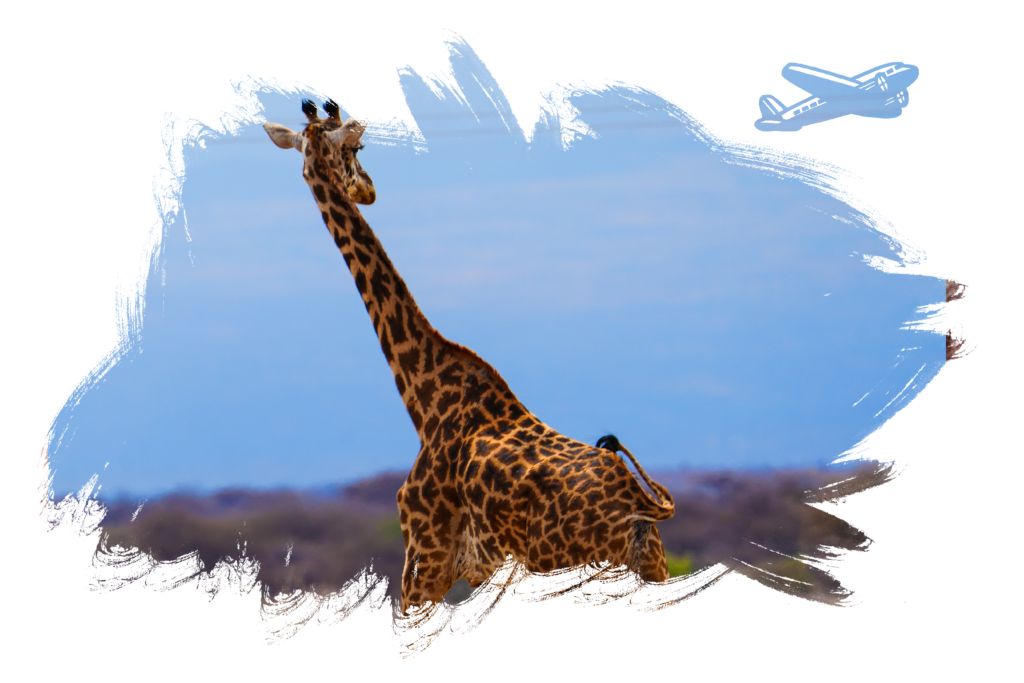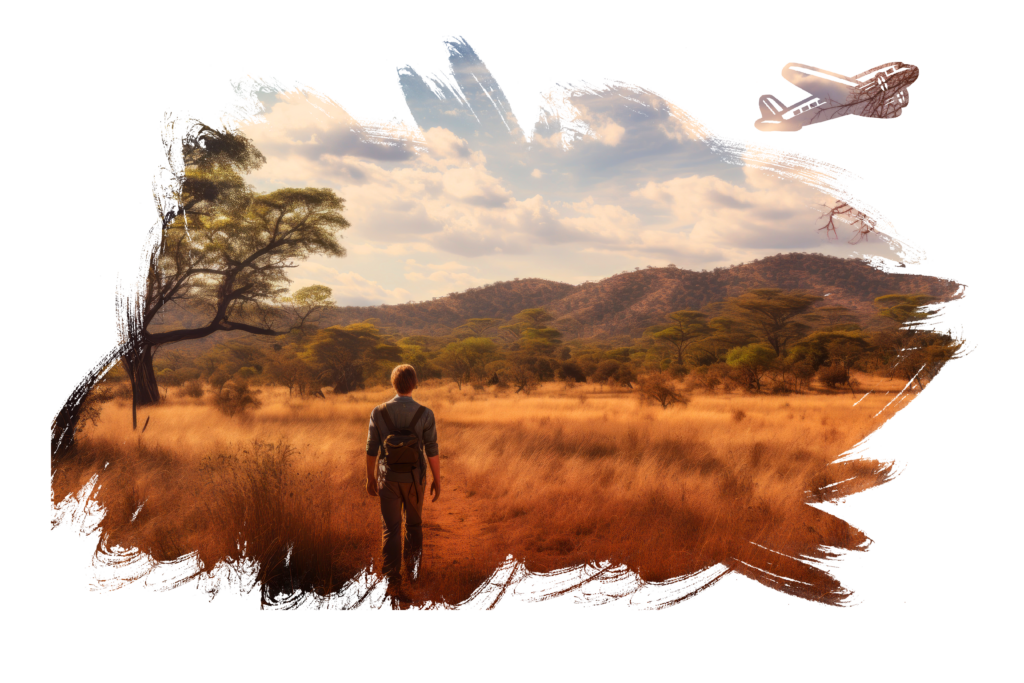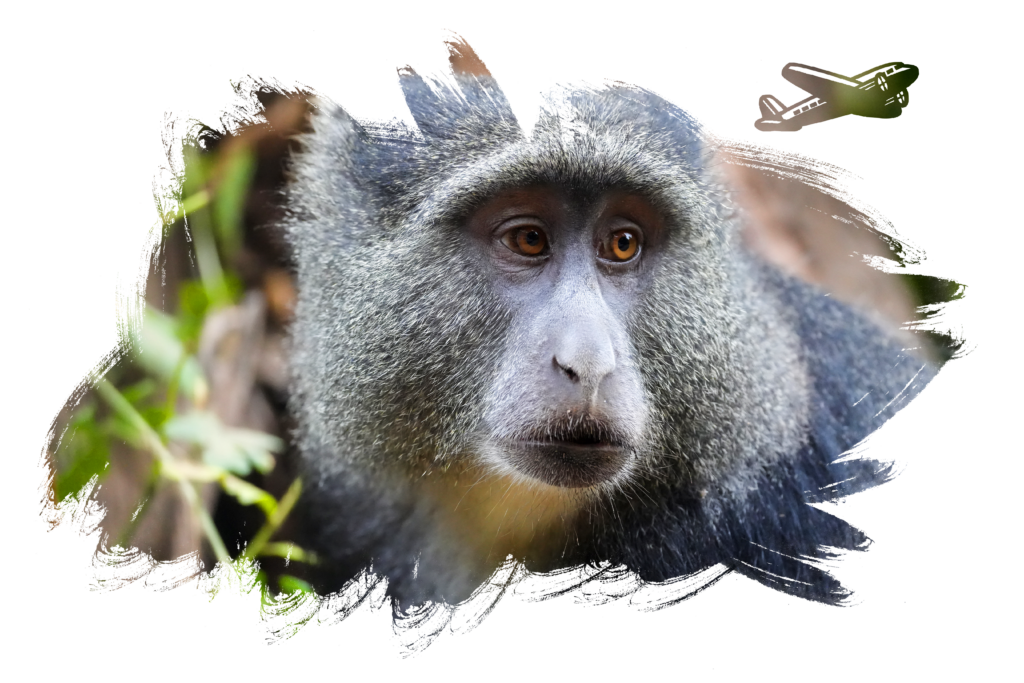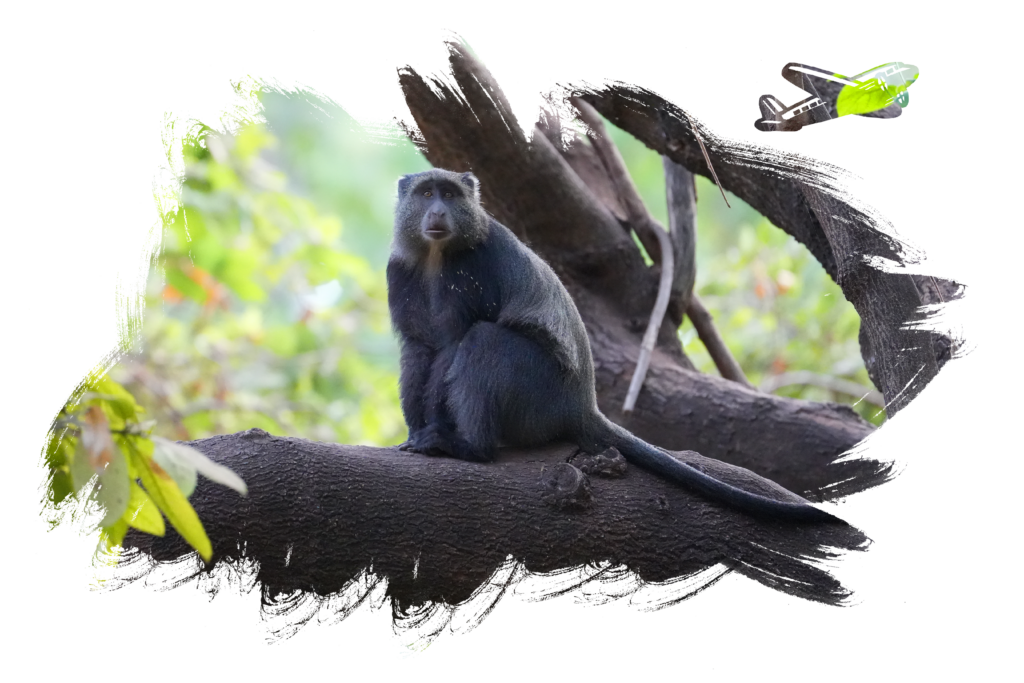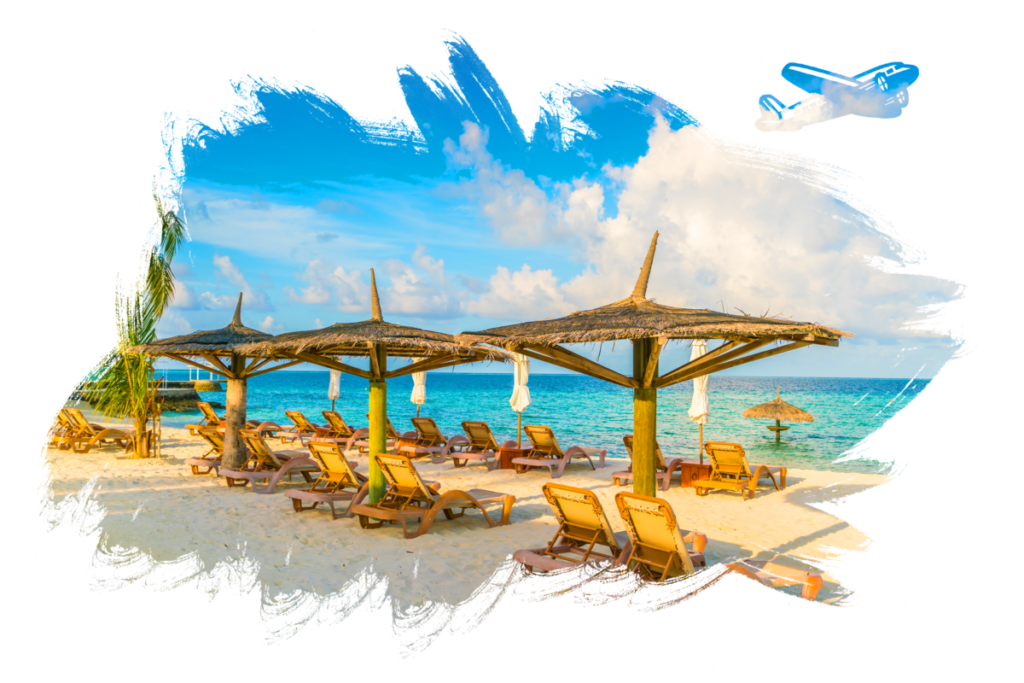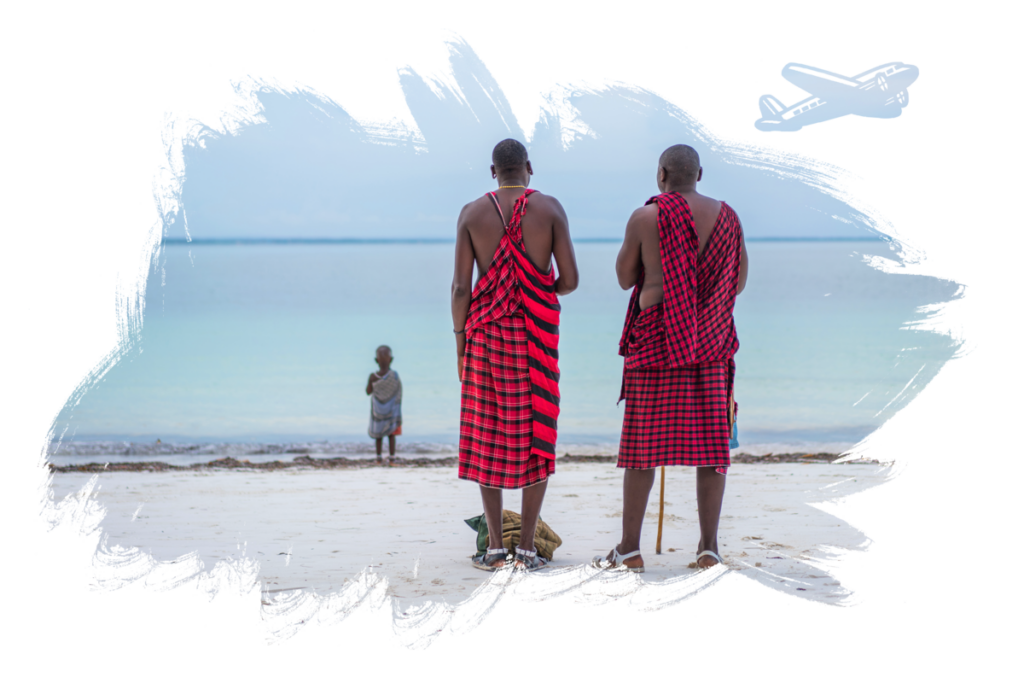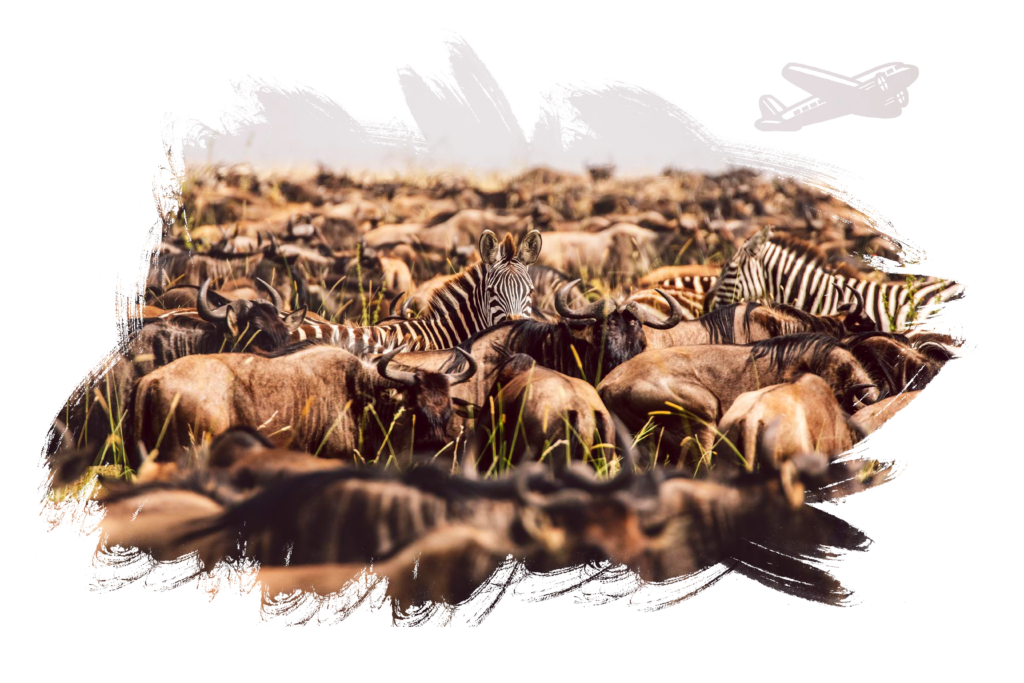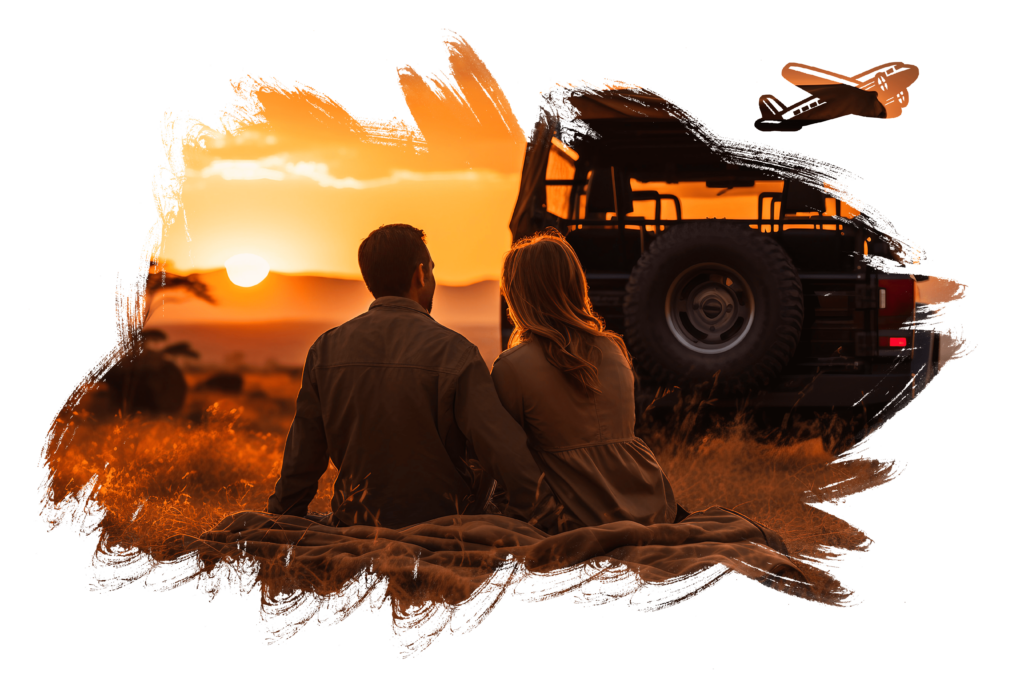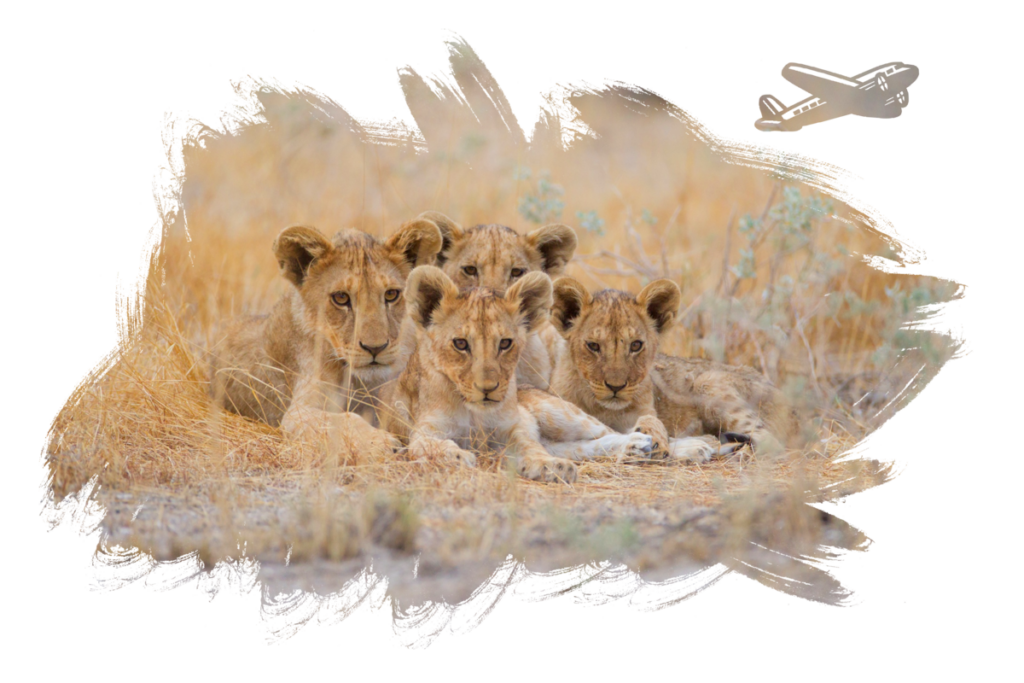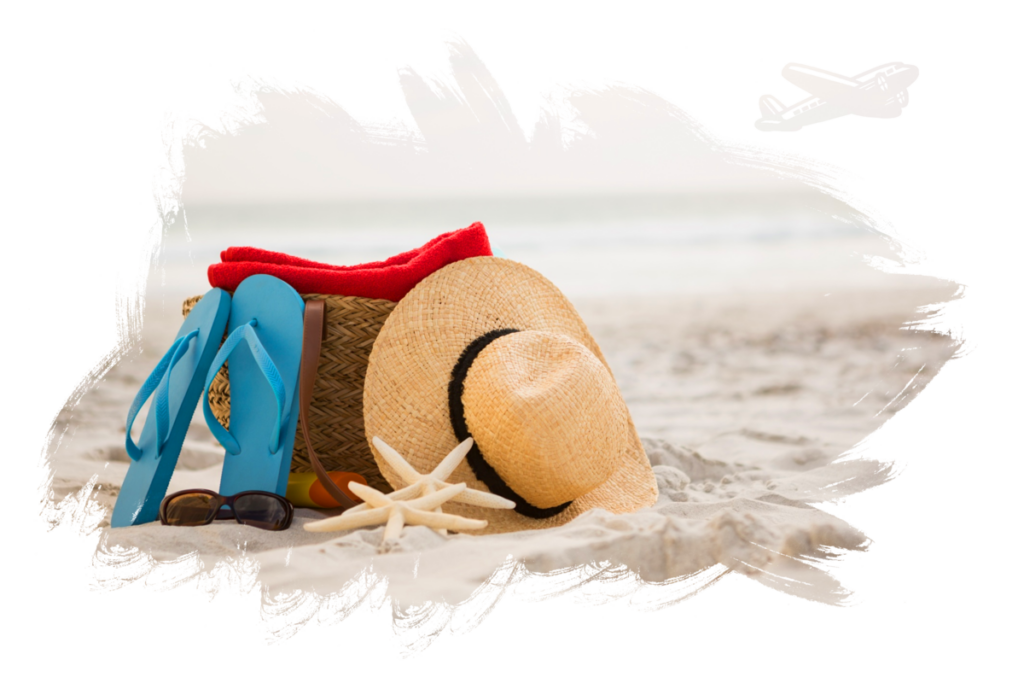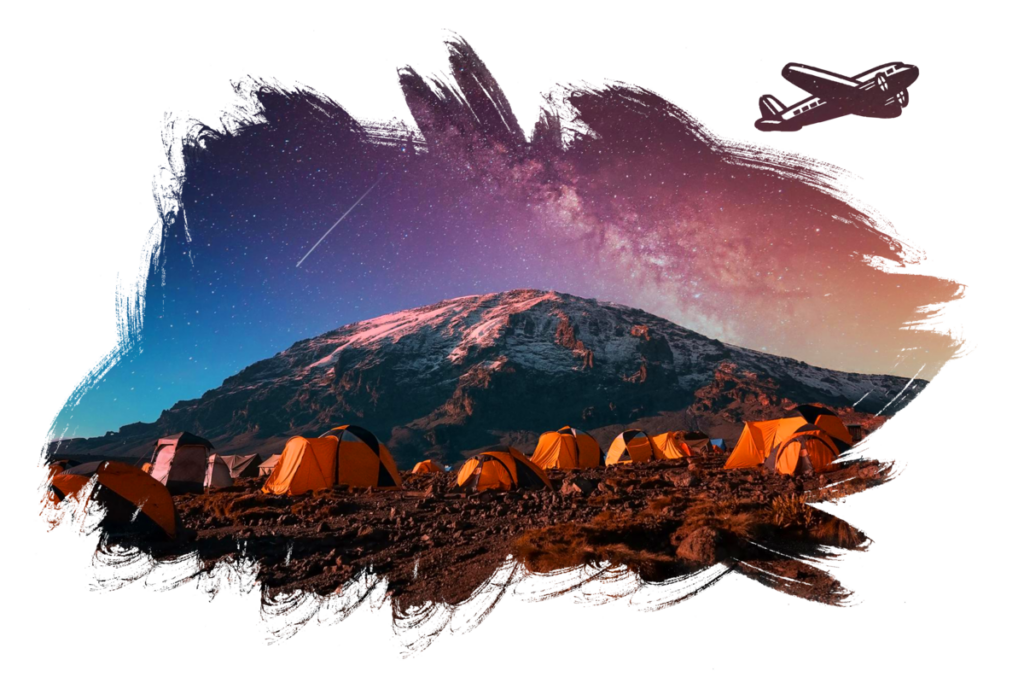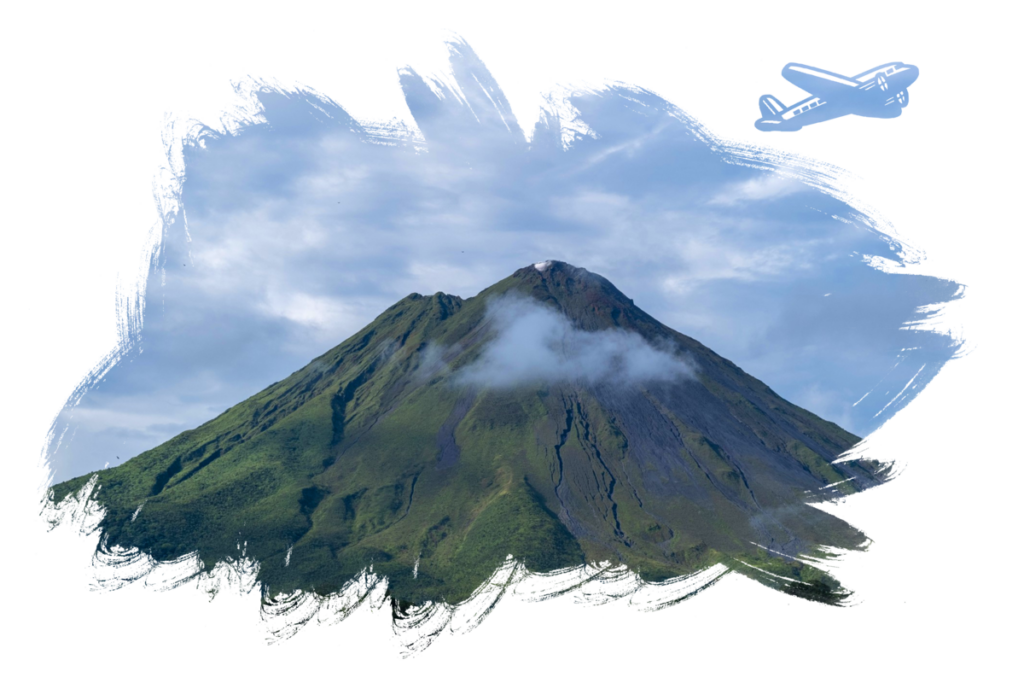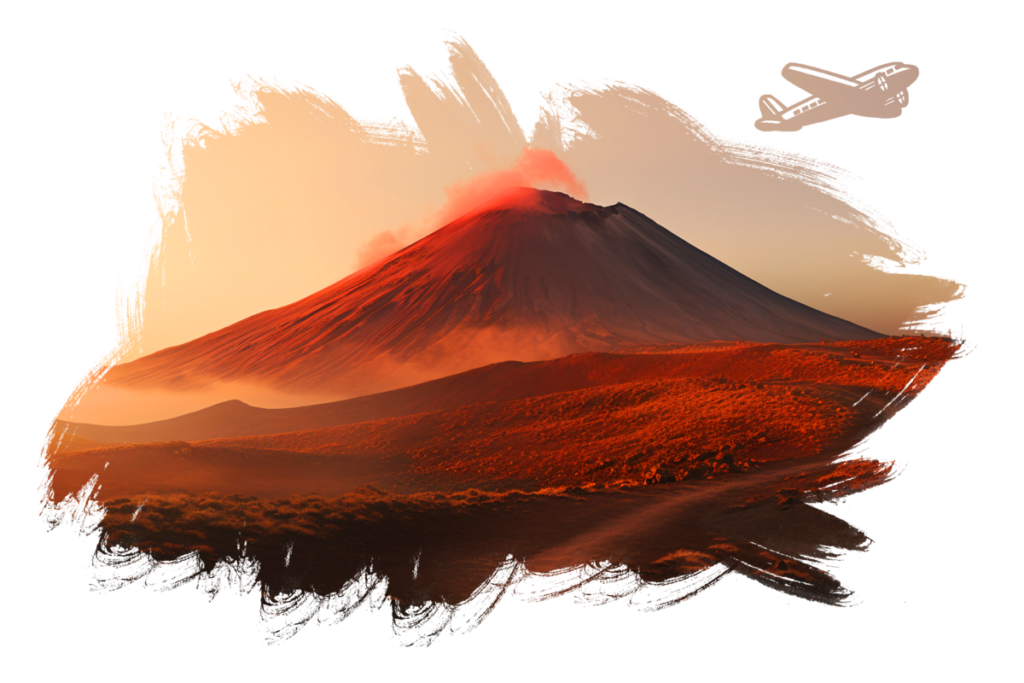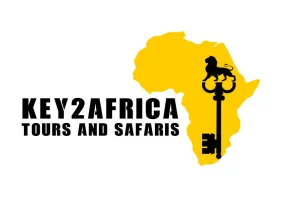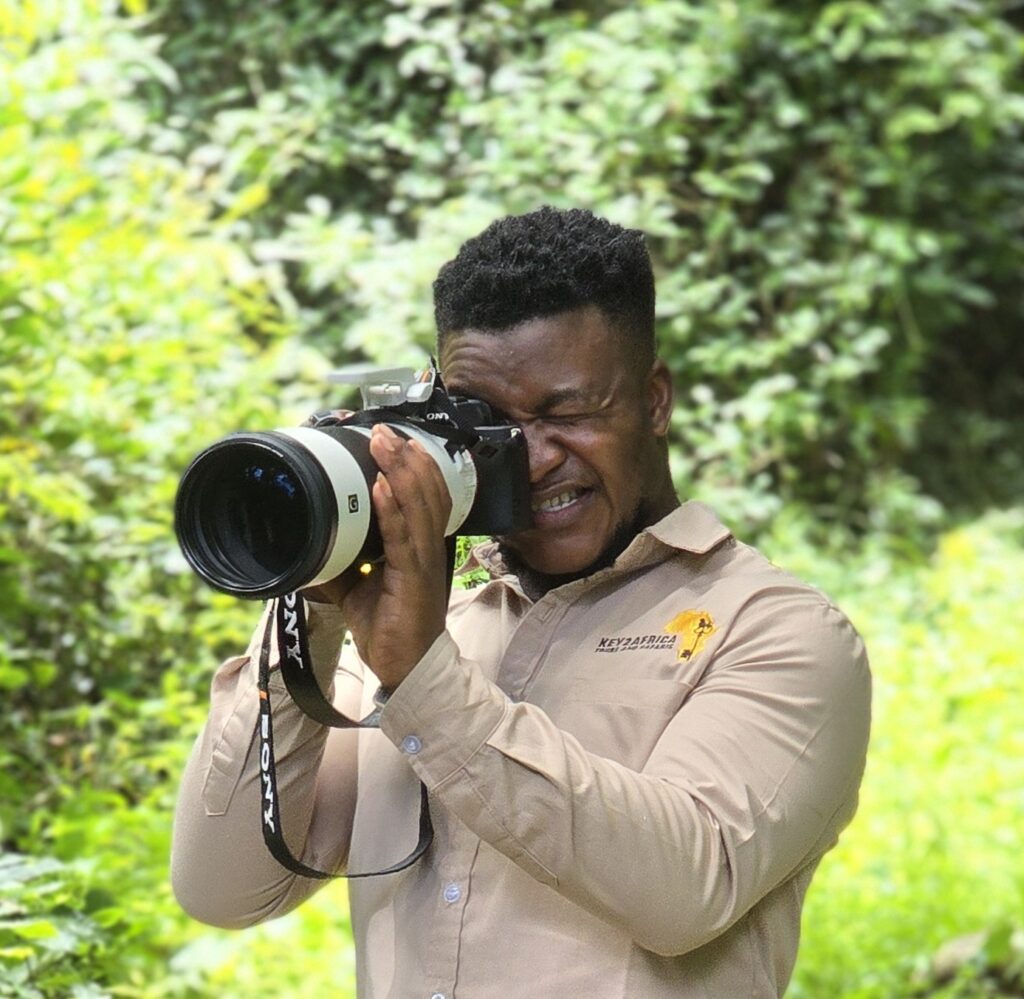Udzungwa Mountains National Park
Udzungwa Mountains National Park
Udzungwa Mountains National Park was established in 1992 and officially opened by the former President and founder of WWF (World Wildlife Fund for Nature) Prince Bernhard of the Netherlands. The word “Udzungwa” comes from the word “Wadsungwa” referring to one of the native sub-tribes of the “Hehe” people who once lived on the slopes of the mountains. The park covers an area of 1990km2 where geographically, 20% of the total area lies in the Morogoro region while the remaining 80% is in the southern highland region of Iringa.
The Udzungwa Mountains National Park is a beautiful area in the southern part of Tanzania. It has various habitats such as tropical rainforest, mountain and miombo forest, grassland and steppe. There are more than 400 species of birds, thousands species of plants and six species of monkeys – including the rare Iringa red colobus and the Sanje crested mangabey. These two types can only be found in this region. The Udzungwa national park has the second largest biodiversity of any national park in Africa. A very interesting national park to visit during a Tanzania Safari!
Udzungwa is the largest and most biodiverse of a chain of a dozen large forest-swathed mountains that rise majestically from the flat coastal scrub of eastern Tanzania. Known collectively as the Eastern Arc Mountains, this archipelago of isolated massifs has also been dubbed the African Galapagos for its treasure trove of endemic plants and animals, most familiarly the delicate African violet. Udzungwa alone among the ancient ranges of the Eastern Arc has been accorded national park status. It is also unique within Tanzania in that its closed-MASL forest spans altitudes of 250 meters (820 feet) to above 2,000 meters (6,560 ft) without interruption.
The Udzungwa Mountains National Park is a beautiful area in the southern part of Tanzania. It has various habitats such as tropical rainforest, mountain and miombo forest, grassland and steppe. There are more than 400 species of birds, thousands species of plants and six species of monkeys – including the rare Iringa red colobus and the Sanje crested mangabey. These two types can only be found in this region. The Udzungwa national park has the second largest biodiversity of any national park in Africa. A very interesting national park to visit during a Tanzania Safari!
Udzungwa is the largest and most biodiverse of a chain of a dozen large forest-swathed mountains that rise majestically from the flat coastal scrub of eastern Tanzania. Known collectively as the Eastern Arc Mountains, this archipelago of isolated massifs has also been dubbed the African Galapagos for its treasure trove of endemic plants and animals, most familiarly the delicate African violet. Udzungwa alone among the ancient ranges of the Eastern Arc has been accorded national park status. It is also unique within Tanzania in that its closed-MASL forest spans altitudes of 250 meters (820 feet) to above 2,000 meters (6,560 ft) without interruption.
Udzungwa Wildlife
Udzungwa Mountains has a good variety of wildlife. They are home to many animals, including Abbott’s duiker, Kipunji and unusual animals such as the grey-faced sengi . Elephants are living in the forests along the southern escarpment. Also six registered primate species call Udzungwa national park their home. The Iringa red colobus and the Sanje crested mangabey live only in this area and nowhere else in the world! The latter, remarkably, remained undiscovered by biologists before 1979.
The Kihansi spray toad lives around a waterfall on the Kihansi River. It was briefly extinct in the wild in 2009 when an upstream dam altered its habitat. Scientists successfully managed to reintroduce them back after a successful captive breeding program.
The Kihansi spray toad lives around a waterfall on the Kihansi River. It was briefly extinct in the wild in 2009 when an upstream dam altered its habitat. Scientists successfully managed to reintroduce them back after a successful captive breeding program.
Birds In The National Park
As a bird lover, you will be drawn to Udzungwa Mountains National Park for its abundance of birds, which includes more than 400 species. Bird watchers regard the area among the top three African mainland bird conservation areas.
Some of the bird species in Udzungwa include the African marabou, Crowned eagle, Ruppells vulture, and the African hobby. Scientists discovered the Francolin and Rufous-winged Sunbird only in the last few years. It also holds species such as Dappled mountain-robin, Sharpe’s akalat, Olive-flanked robin-chat, and White-chested alethe. The Udzungwa forest partridge was only discovered in 1991 and is a species, with its closest relatives appearing to be the hill partridges of Asia.
Besides bird watching, Udzungwa is a magnet for hikers. Udzungwa National Park has no paved roads and is only accessible on foot. An excellent network of forest trails includes the popular half-day hike to the Sanje Waterfall, which tumbles 170 meters through a misty spray into the wooded valley below. It is one of the larger waterfalls in Tanzania and lies hidden from the rest of the world in the dense rainforest.
Some of the bird species in Udzungwa include the African marabou, Crowned eagle, Ruppells vulture, and the African hobby. Scientists discovered the Francolin and Rufous-winged Sunbird only in the last few years. It also holds species such as Dappled mountain-robin, Sharpe’s akalat, Olive-flanked robin-chat, and White-chested alethe. The Udzungwa forest partridge was only discovered in 1991 and is a species, with its closest relatives appearing to be the hill partridges of Asia.
Besides bird watching, Udzungwa is a magnet for hikers. Udzungwa National Park has no paved roads and is only accessible on foot. An excellent network of forest trails includes the popular half-day hike to the Sanje Waterfall, which tumbles 170 meters through a misty spray into the wooded valley below. It is one of the larger waterfalls in Tanzania and lies hidden from the rest of the world in the dense rainforest.
Best Time To Visit Udzungwa National Park
The best time to visit Udzungwa Mountain National Park is during the dry season, from June to October. During this time, hiking trails are more accessible, and wildlife is easier to spot. However, the park is open year-round. It’s worth noting that the rainy season from November to May brings lush greenery and migratory bird species to the park. Visitors should be prepared for occasional downpours and muddy trails but can enjoy fewer crowds and lower prices during this season here is a month-to-month guide.
January
January is a great time to visit Udzungwa National Park. The weather is warm and dry, making it ideal for hiking and wildlife viewing. It’s also a good time for birdwatching, as many species are active.
February
February continues the dry season, with pleasant temperatures and clear skies. It’s an excellent time for hiking to the park’s waterfalls and exploring the diverse plant and animal life.
March
March marks the end of the dry season, with temperatures starting to rise. It’s still a good time to visit, but the park can be more crowded as the Easter holiday approaches.
April
April is the start of the wet season, with rains bringing new life to the park. The landscape is lush and green, but hiking trails can be muddy and slippery.
May
May continues the wet season, with heavy rains at times. It’s a quieter time to visit, with fewer tourists, but wildlife can be harder to spot due to the dense vegetation.
June
June marks the start of the dry season, with cooler temperatures and clear skies. It’s an excellent time for hiking and wildlife viewing, as animals gather around water sources.
July
July continues the dry season, with cool mornings and evenings. It’s a popular time to visit, so it’s advisable to book accommodations and activities in advance.
August
August is one of the best months to visit Udzungwa National Park. The weather is dry and cool, and wildlife viewing is excellent. It’s also a great time for birdwatching, as many species are breeding.
September
September is similar to August, with dry conditions and abundant wildlife. The park is less crowded than earlier in the year, making it a great time for a safari.
October
October marks the end of the dry season, with temperatures starting to rise. It’s still a good time to visit, but wildlife can be harder to spot as they disperse in search of water and food.
November
November is the start of the short rains, bringing relief from the heat. The park is green and lush, but hiking trails can be muddy and challenging.
December
December sees the continuation of the short rains, with the park becoming green and vibrant. Wildlife is still present, but sightings can be more challenging due to the dense vegetation.
Safari Packages In Udzungwa Mountains National Park
Mikumi, Udzungwa Trekking-Sanje Waterfalls &Maasai
4 days
Starting From
$1,299
Per Person
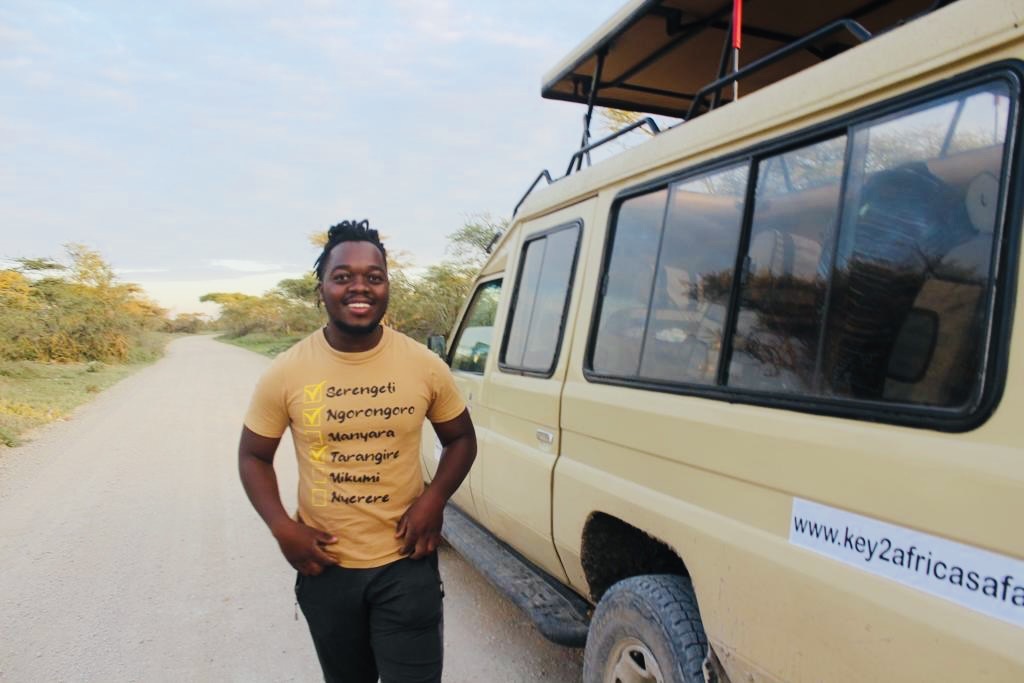
Amani Mahewa
Online
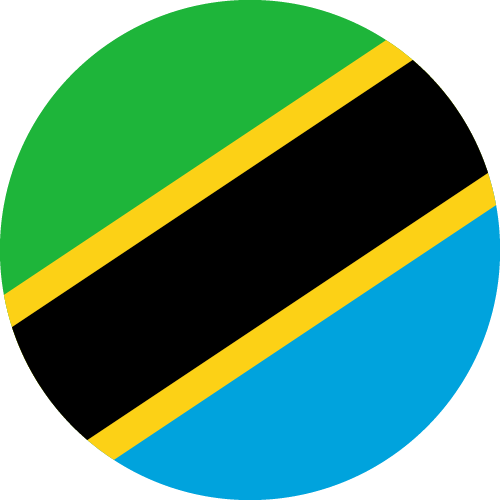
LOCATED IN TANZANIA
Want to plan a memorable Tanzanian adventure?
Contact us. We are always here to help
Things To Do At Udzungwa Mountains
Hiking
The park is well known for its hiking activities, besides trekking, mountain climbing, and forest walks. You can access the park only on your feet, giving you the chance to explore the mountain secrets and enjoy adventure. There you can enjoy the wildlife of the Udzungwa forest with the forest canopy shielding you from the sun’s heat. It is a great way to observe elephants, monkeys, birds, duikers and elephant shrews.
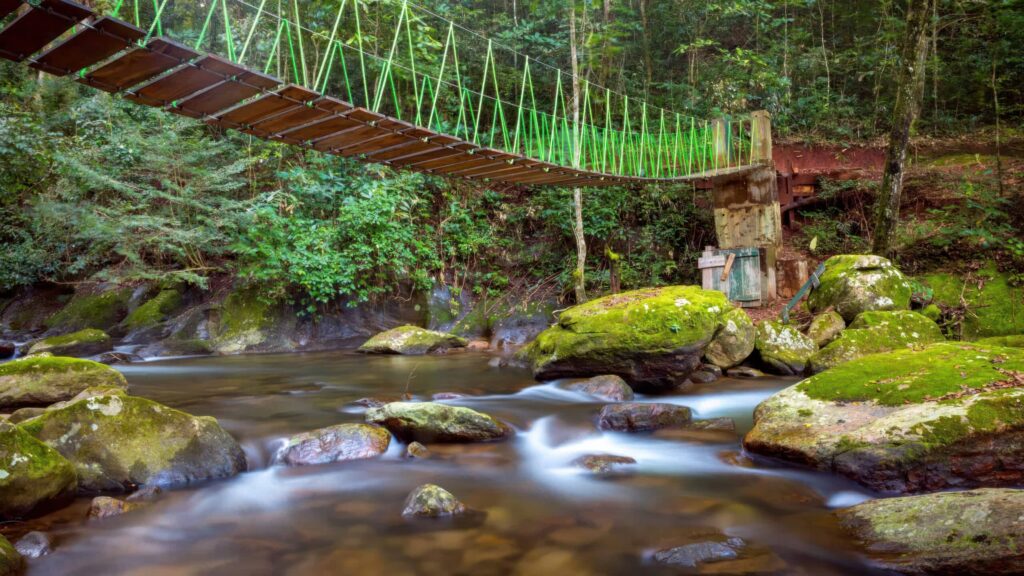
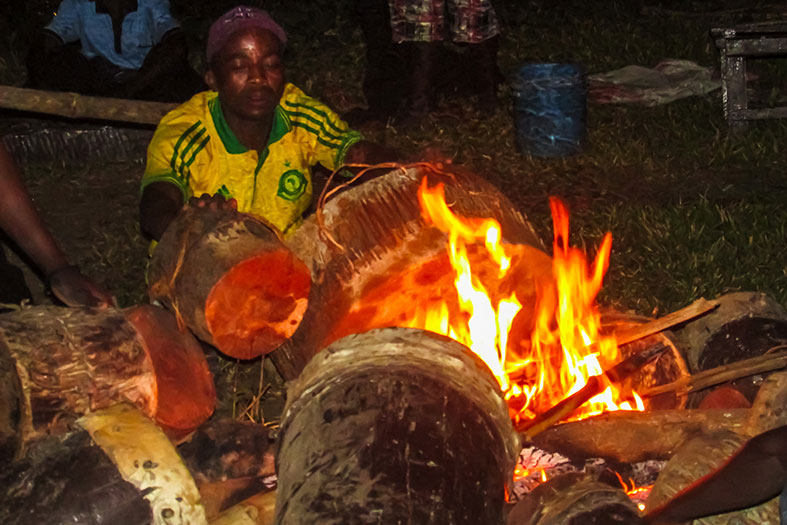
Night at the Camp
Spend the night at the camp and enjoy music performances. The experience is truly atmospheric. With the support and encouragement of Hondo Hondo, a small group of farmers have formed a drumming group that performs a traditional “Ngoma,” meaning drum in KiSwahili. The group also performs at celebrations, weddings, and at the end of the harvest season. Some of the music performances are instrumental, whistles, percussion, and some wind instruments with a very energetic rhythm.
Local Activities
One of the local activities is cycling. Bring your own bike or rent a bike. There is a variety of bike sizes for all ages. Within the national park, there are no cycling trails, however, the valley provides a great deal of cycling terrain that is full of things to see. You can combine other activities along with cycling such as rubber plantation, and village tours. You can go with one of the guides to explore the local rural villages and have a great chance for photography and interaction with the traditional Tanzanian life.
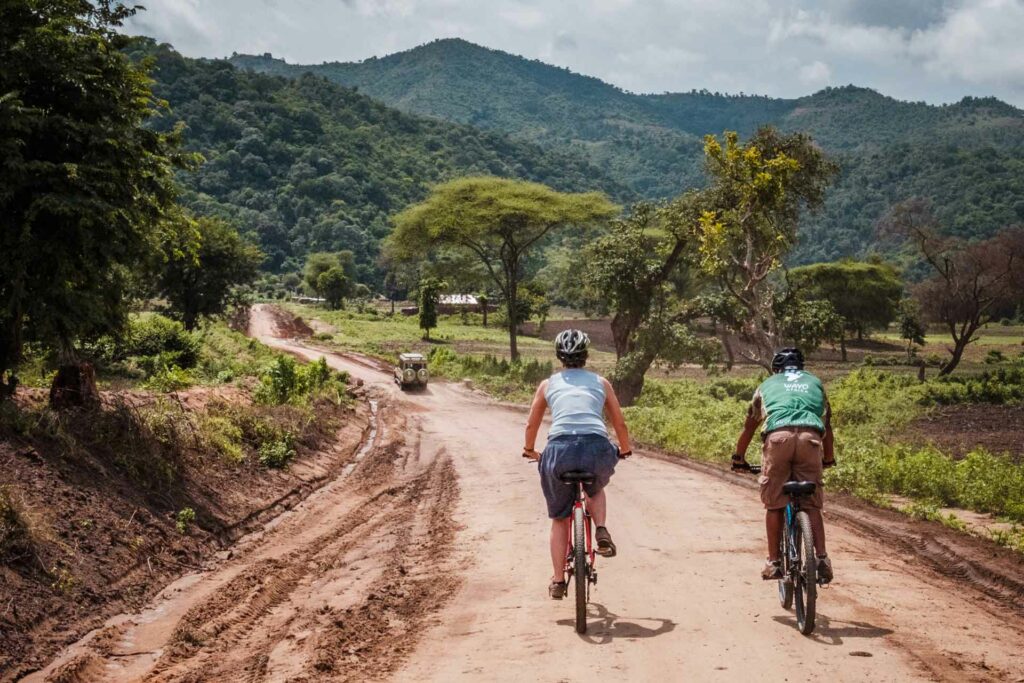
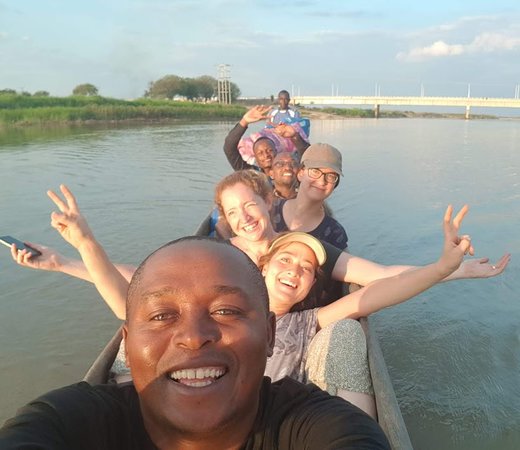
Overnight Adventure
Canoe down the Kilombero River, in a canoe bird, and hippo watching and exploring the real pleasures of remoteness. Located on the banks of the Kilombero River, 4 hours from the Ifakara with the breathtaking Kilombero sunset and the river and dining in style.
frequently asked questions about Udzungwa National Park
What Makes Udzungwa National Park Unique?
Udzungwa is known for its rich biodiversity and stunning scenery, including waterfalls, rivers, and lush forests. It is home to many endemic species found nowhere else on Earth.
What Animals Can Be Found In Udzungwa National Park?
Udzungwa is home to a variety of wildlife, including primates such as the endemic Udzungwa red colobus monkey and the Sanje mangabey, as well as elephants, leopards, and a variety of bird species.
What Is The Best Time Of Year To Visit Udzungwa National Park?
The best time to visit Udzungwa National Park is during the dry season, from June to October, when the weather is pleasant and wildlife viewing is at its best.
Can I Hike In Udzungwa National Park?
Yes, Udzungwa is a hiker’s paradise, with a variety of trails ranging from short walks to multi-day hikes. The park is known for its stunning scenery and diverse flora and fauna.
Are There Any Cultural Experiences Available In Udzungwa National Park?
Yes, visitors to Udzungwa National Park can experience the local Hehe and Bena cultures by visiting nearby villages. Here, you can learn about their traditional way of life, including their homes, livestock, and customs.
How Do I Get To Udzungwa National Park?
Udzungwa National Park is located in southern Tanzania and is accessible by road from major cities like Dar es Salaam and Iringa. The nearest airport is in Dar es Salaam, from where you can take a road transfer to the park.
What Is The Entrance Fee For Udzungwa National Park?
The entrance fee for Udzungwa National Park varies depending on your nationality and whether you are visiting as a day visitor or staying overnight. It is advisable to check the current fees before your visit.
Are There Any Restrictions On Visiting Udzungwa National Park?
Visitors to Udzungwa National Park are required to follow park rules and regulations, including staying on designated trails and not disturbing wildlife. Additionally, some areas may be off-limits to visitors to protect sensitive habitats.
Is It Possible To See The Great Migration In Udzungwa National Park?
While Udzungwa National Park is not part of the main route of the Great Migration, it is possible to see some migratory herds passing through the area, especially during the dry season.
What Activities Are Available In Udzungwa National Park?
Udzungwa National Park offers a range of activities, including hiking, birdwatching, and cultural visits. Visitors can also enjoy swimming in the park’s natural pools and camping under the stars.
